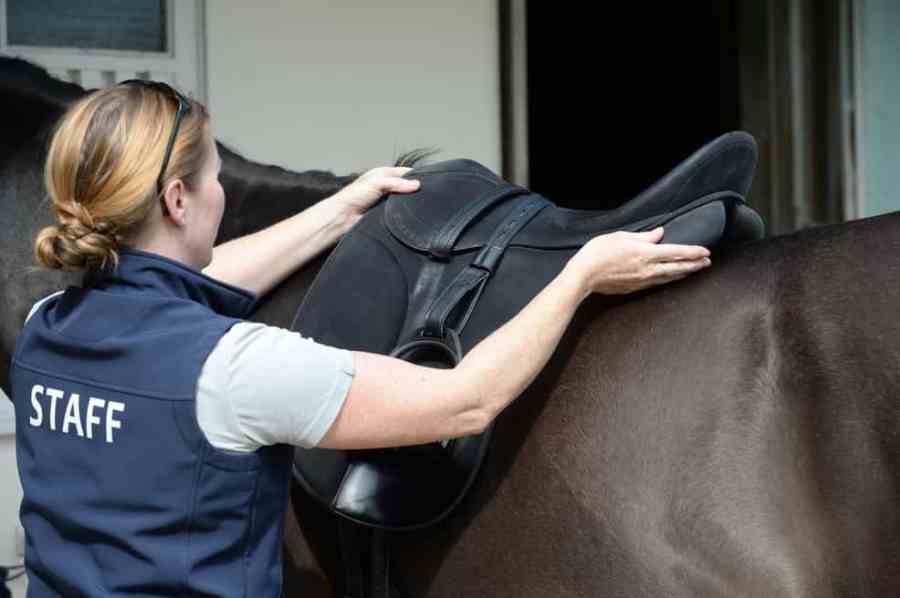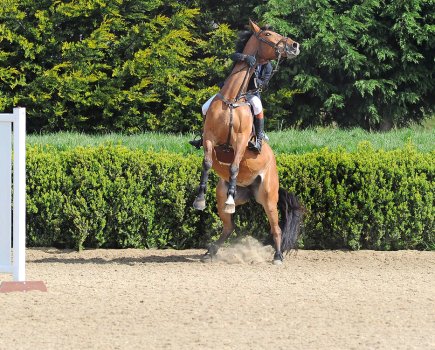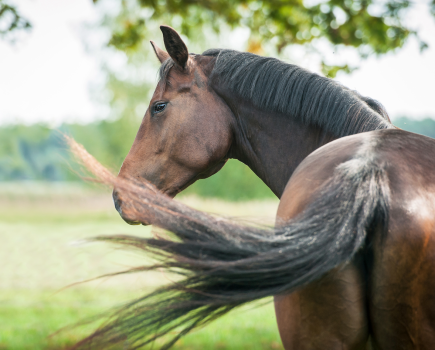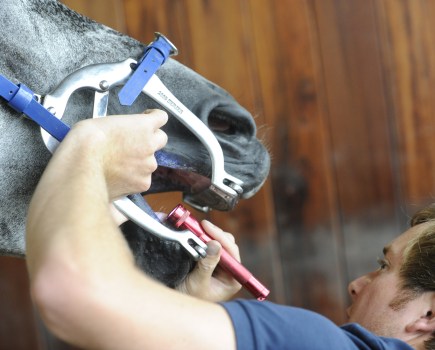Looking to change career and become a saddle fitter? Here’s what you need to know.
Many people believe that a saddler and a saddle fitter are the same thing, when they’re two quite different professions.
Put simply, a saddler is someone who works at a bench, makes saddlery items and repairs and makes adjustments, while a saddle fitter is someone who works with horses and riders in the field, checking to ensure a good fit, and supplying new saddles where required.
It takes time and effort to learn the trade, but demand for fitters has never been so high and it’s an ideal time to retrain.
Master Saddler, harness maker and saddle fitter Mark Fisher began his career with the King’s Troop in 1982 and qualified as an RQSF (Registered Qualified Saddle Fitter) in the early nineties, when the qualification was first introduced.
Here he gives the lowdown on his chosen profession.
Why I love being a saddle fitter
“If you’re into horses, then being a saddle fitter can offer great opportunities,” says Mark. “I love knowing I can make a difference to a horse’s comfort and movement.
“There’s a big demand for qualified saddle fitters at the moment. Waiting lists to see a qualified saddle fitter can be six to eight weeks and I could work seven days a week and still have too much work, so it’s a good time to get into the profession.”
What qualifications do I need to be a saddle fitter?
The Society of Master Saddlers (SMS) is the governing body for saddlers and saddle fitter and runs a training scheme for new recruits.
“To be a fitter, you’ll need to train as a saddler first, or work with someone who’s a SMS registered saddler as you’ll need them to be able to do adjustments to the saddles for you,” explains Mark.
Training costs around £2000, but you’ll also face the initial outlay of buying 25 saddles, which is a requirement.
Alternatively, you can work with a shop or other saddle fitter who has stock.
Once you’ve found a saddler to work with (who could be from a manufacturer), training to qualify as a saddle fitter takes between three and four years.
A four-day course at the end of this period ensures you’re doing the job the SMS way and then you’re assessed while fitting a dressage and GP saddle.
Written exams follow and, if you pass, you’re qualified and can register.
What are the pros and cons?
PRO being a saddle fitter and rider means you can quickly assess if any issues are saddle, horse or rider related.
PRO it could bring about opportunities you never knew existed – Mark was the official saddler for the London 2012 Olympics, is a World Class Programme consultant and also works with horse and donkey owners in developing countries showing them how to fit the equipment they use, and what alternatives there are.
CON the training can be hard as there’s a lot to learn.
Find out more at www.mastersaddlers.co.uk









